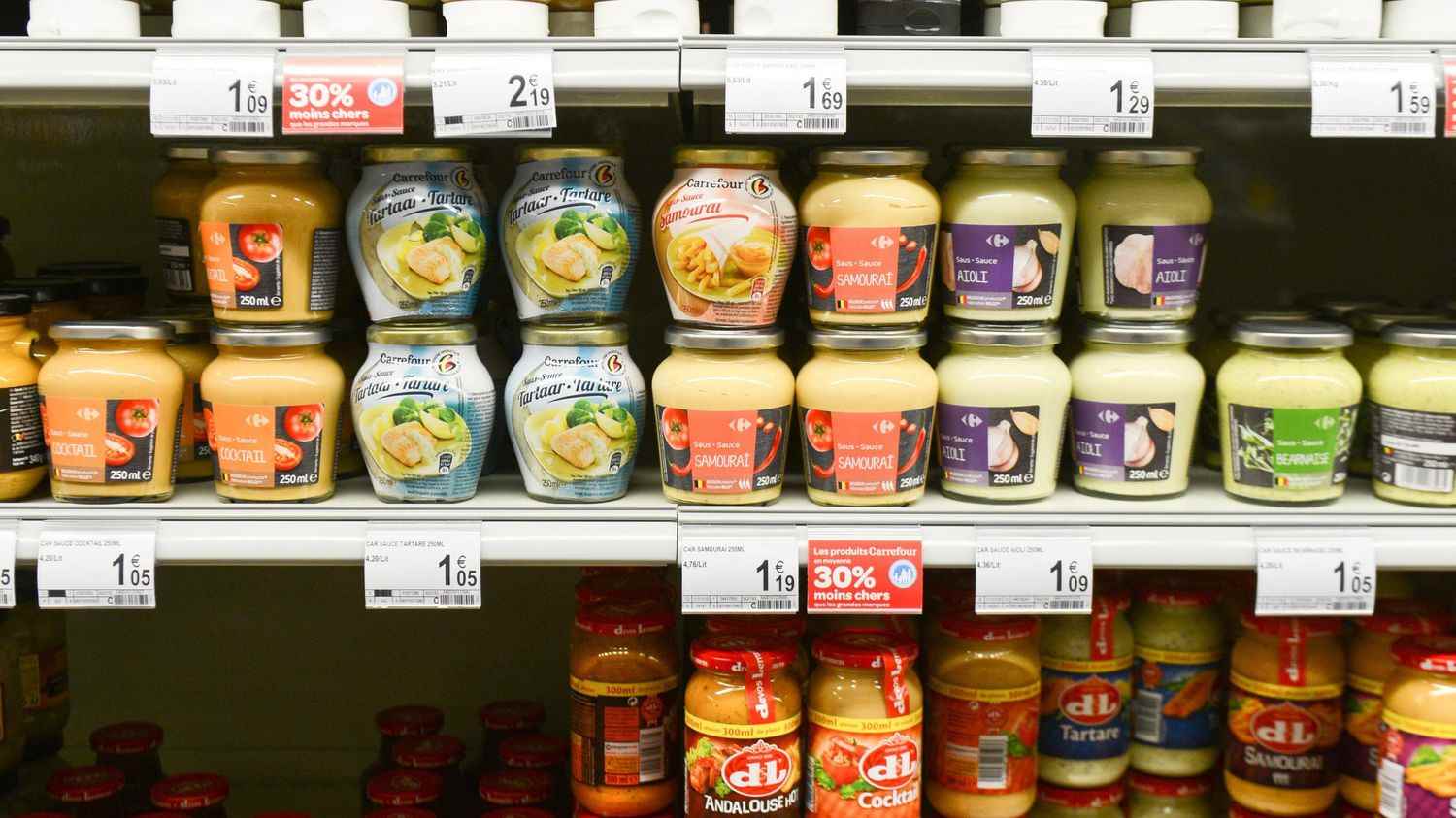The Saturday consumer meeting with the magazine 60 Million consumers it is with Patricia Chairopoulos who investigated this month on the cold sauces that we put in all the sauces! With raw vegetables, meat, fish, cereals. Apparently the French love it.
franceinfo: Is it new, this craze for sauces?
Patricia Chairopoulos: Yes, and confinement surely had something to do with it: in 2020, sales of cold sauces had already increased by 10% and they continued this momentum in 2021, especially barbecue sauces, a big success.
But are these products bad for your health?
Yes, overall, these sauces do not bring anything very good on the nutritional level, because they are often rich in sugars, fat for some, and salt for the most part. However, these ingredients, in addition to those consumed throughout meals, promote chronic diseases such as obesity and cardiovascular disease.
For your investigation, you looked closely at four types of products: ketchup, soy sauce, barbecue sauce, and especially mayonnaise, which is the popular product par excellence. Do you have to pay attention to the type of oil used?
Currently, with the shortage of sunflower oil, these products are mostly based on rapeseed oil, and this is rather good news for our health, since this oil has a better ratio of omega3 polyunsaturated fatty acids/ omega 6. But mayonnaise remains a very fatty food! A portion of 20 grams providing between 14 and 16 grams of fat!
In your opinion, should you be wary of light formulas?
Yes, even if their caloric load is divided by three, our analyzes show that their quality is affected: as manufacturers remove part of the fat, they replace it with water, and to spice up the product, they add salt, sugars and also various additives such as preservatives and acidifiers. Some include nearly 10 additives!
The other great classic is ketchup, apparently it is doing quite well in your survey?
This sauce is obtained from tomato, in puree or double concentrate, with the addition of vinegar, onions, spices, salt. The large quantities of tomatoes used, greater than 100 grams of fresh tomato per 100 g of product, are beneficial because this base contains a natural antioxidant, lycopene.
Moreover, this condiment contains very few or no additives. But nutritionally, it’s full of sugar. Sugar is added and with some references, you swallow almost 5 grams of sugar with a serving of 20 grams. Another criticism, too much salt again, especially since we tend to use ketchup as a tomato sauce, for example on pasta.
Since we are talking about sugar, we must be careful with barbecue sauces: they are fashionable but in terms of diet, can we do better?
Yes, these sauces are sweeter than the others, since a portion of 20 grams contains on average the equivalent of a cube of sugar, and some like Kania from Lidl reach 7 grams! Not to mention their salt content, which is too high.
What about soy sauces that we use more and more in cooking?
They are all very salty, and even the sweet soy sauces. For 10 grams of sauce, the contents range from 0.55 grams, which is already not bad, to 1.78 grams of salt, or more than a third of the recommended intake which is 5 g/day.
And in terms of prices for the four families of products we have just discussed, are there major differences?
Salty soy sauces are the most expensive, up to 24.65 euros per litre. While we found ketchup at a very low price: one of the best in our ranking, with 16/20, costs less than 2 euros per kilo.
Cold sauces, they have taste but at what price! It’s on the cover of the new November issue of 60 Million consumers.
